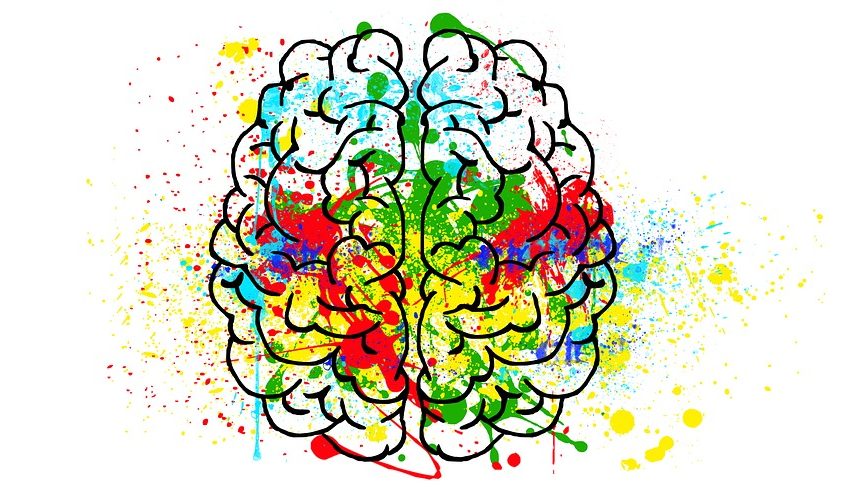
Research on the brain began more than 50 years ago when Dr. Roger Sperry attempted to control seizures in epileptic patients by severing the corpus callosum, the structure that joins the left and right hemispheres of the brain. These patients appeared to function normally but would use either the left or the right hemispheres of the brain depending on what the task required. We now realize that a left- and right-hemisphere theory of the brain is much too simplistic and that brains consistently use both hemispheres. For example, one’s ability to appreciate music was once thought to be a right-hemisphere function. However, a classical pianist uses the organizational and structural functions of the left hemisphere as well.
We know more today than ever before about how the brain works, even though there is a tremendous amount that we still do not know. For example, it appears that the frontal lobe of the brain does not fully mature until one is in his or her mid-20s, while the emotional part, or amygdala, matures much earlier. This is part of the reason that many of the decisions teenagers make are based on their emotions rather than what is logical.
For more than 25 years, I have read, studied, and researched about the brain and come to the conclusion that there are 20 ways to deliver instruction so that all students remember. These strategies form the basis of the eight books I have written for administrators, teachers, and parents, so they too will know how to engage the brains of all learners. These strategies work for any age, any grade level, any content area, and any area of specialty including attention deficit disorder ADD/ADHD, ESL, or autism. They not only increase academic achievement and make teaching and learning fun, but for the purposes of classroom management, they will also decrease your behavior problems. Remember, your best defense against classroom management problems is an engaging lesson.
When you see the list, you may notice that the strategies are used most often at the lower grades. It is in kindergarten that we sing, dance, and laugh to learn. As learners proceed to the upper grades, some educators have the mistaken assumption that the strategies are no longer needed. I am attempting to put a new paradigm in place that provides a rationale for why all learners, regardless of age, need to be taught in this way.
What the Research Says
A student may feel isolated when a teacher cannot connect with the way that student actually learns (Medina, 2008).
When hands-on activities are used, kinesthetic learners excel (Allen & Currie, 2012).
The chemical dopamine, which is released during the playing of a game, increases a student’s ability to focus (Willis, 2007).
Make It Happen
- Because we remember 90 percent of what we talk about as we complete an activity, student conversation should be an integral part of instruction. Have students reteach their partners a concept you have just taught them, debate a relevant issue, or engage in a small group discussion regarding a controversial topic.
- Students learn best when the brain is not in high stress! Games and humor can lower the threat level when learning. Appoint a class clown to tell a joke or riddle at an appointed time or involve students in a spirited game of Jeopardy to review content prior to a test. These are both excellent ways to ensure that students look forward to showing up for class every day.
- HOMES, PEMDAS, and FACE are all cross-curricular acronyms that assist students in recalling content. Any time you can create an acrostic or acronym that will help them remember, do so. However, if students are old enough, have them create their own mnemonic devices. The brain remembers best what it helps to create.
For more examples of using brain-compatible strategies to improve classroom behavior, consult the 2nd edition of my best-selling book, Shouting Won’t Grow Dendrites.